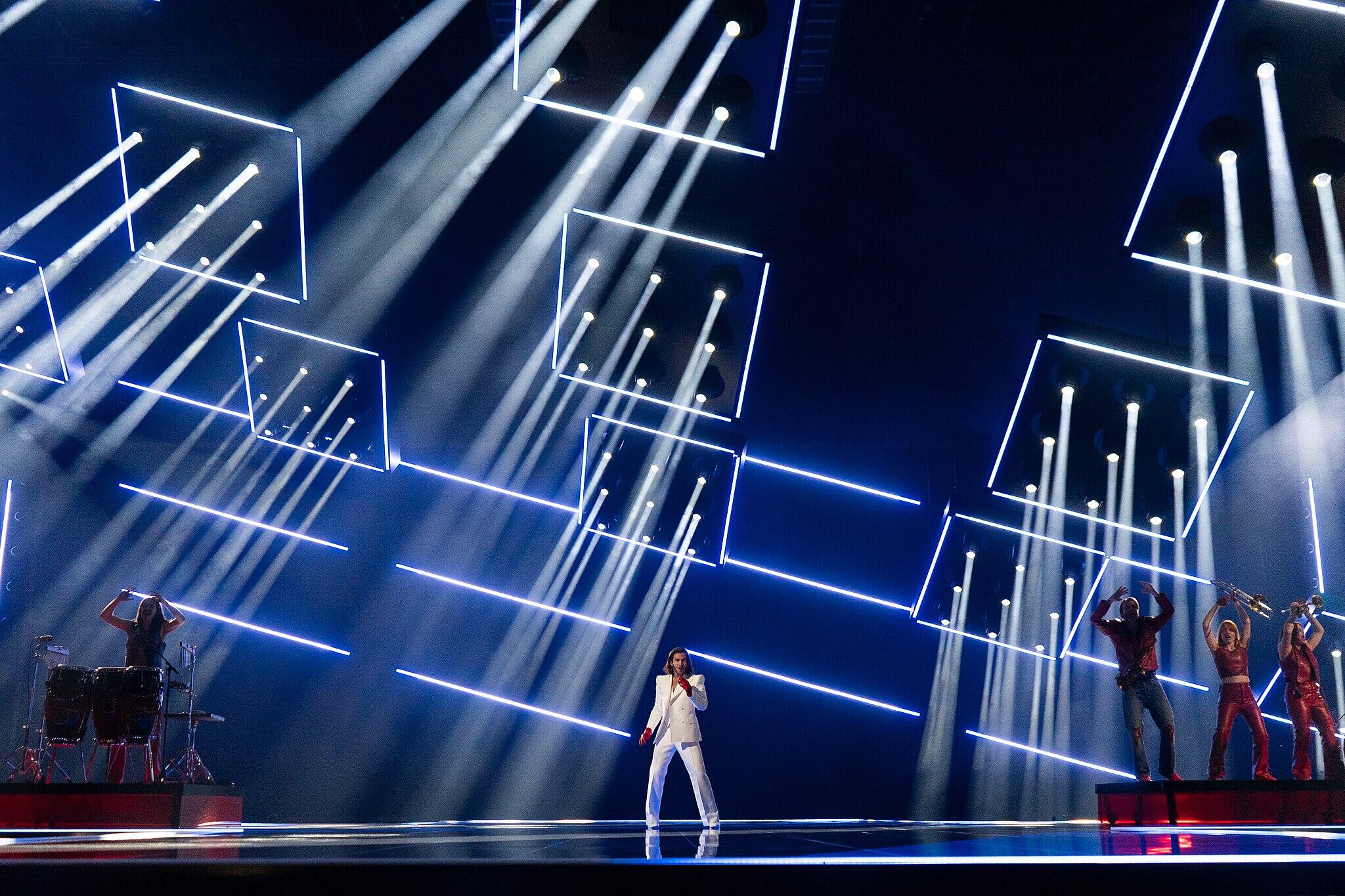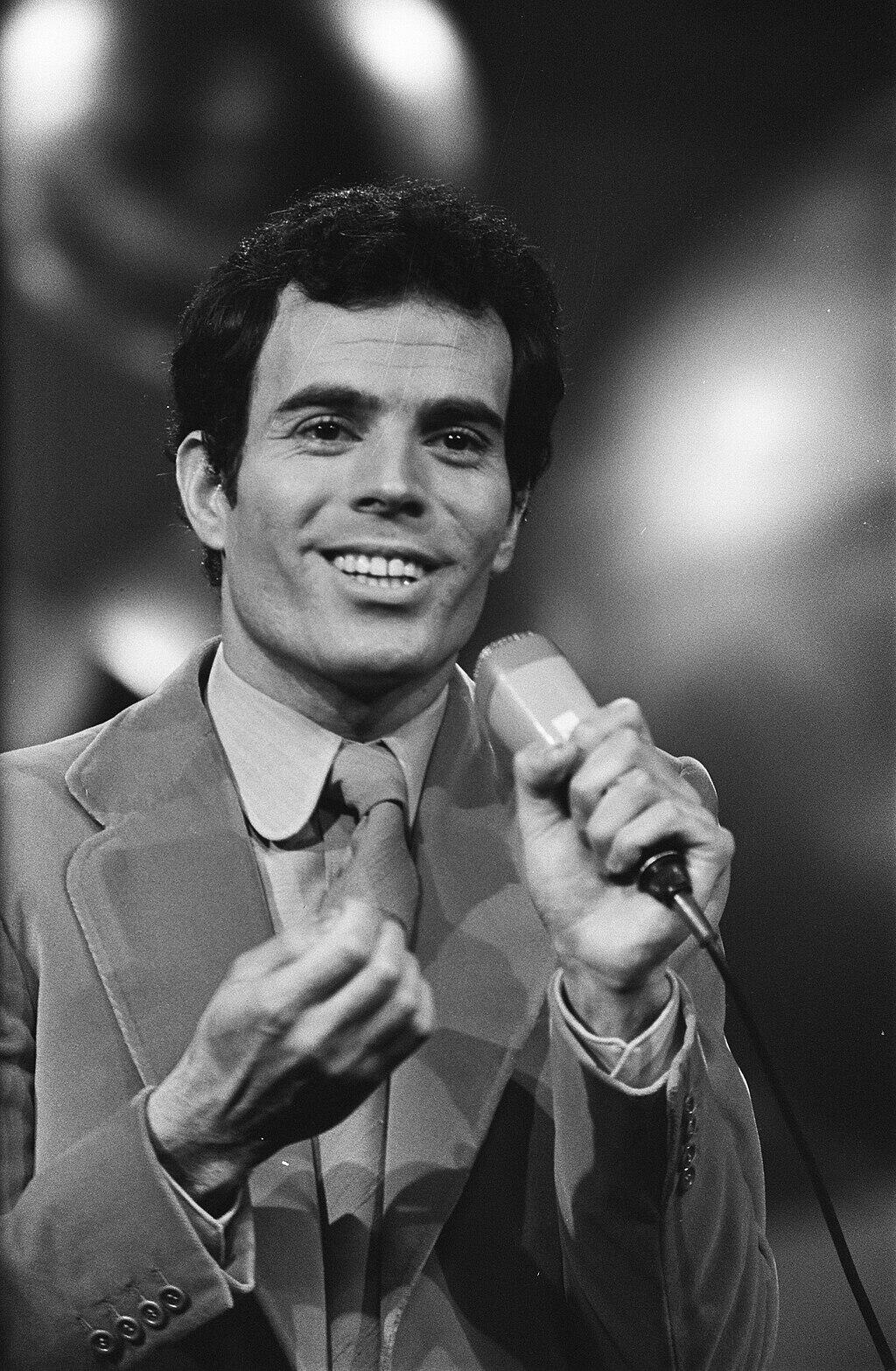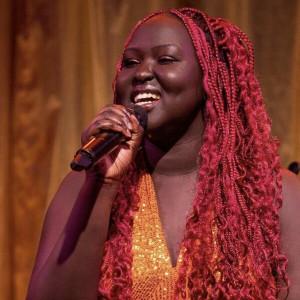Eurovision is the longest-running and largest music competition show in the world. Since its premiere in 1956, dozens of countries have participated in the fun, coming together to create iconic cultural moments. But it's not all fun and games: the voting system for Eurovision is very serious and very complex. Read on to find out how Eurovision winners are decided.

How Do You Vote for Eurovision?
The Eurovision Singing Contest has built a large, loyal following over the years. Music lovers from many non-participating nations have long muttered over being excluded from all the fun. Opening the vote this way lets enthusiasts participate, even if only indirectly.
The EBU and other contest regulating bodies have to make this spectacle as fair as possible.
Perhaps that explains the convoluted Eurovision voting system.
Still, on our end, we only need to worry about casting our votes on time.
The voting process tends to change slightly year by year, but in the upcoming 2025 season, we expect much of the same procedure as in 2024.

Voting Information for Eurovision
- Voters must cast their selection during the voting period.
- Each viewer can vote up to 20 times per round.
- Voters cannot vote for their own country.
- In the semi-finals, viewers in Eurovision countries can only participate in the round their country competes in (or the round they are assigned to). The Rest Of The World can participate in both semi-final rounds.
- The semi-finals will only take televotes into consideration. The Grand Final round will consist of both televotes and Eurovision jury votes.
- Casting a selection may incur charges.
How to Cast Votes in Eurovision
For voters in Eurovision countries:
In the Semi-Finals, the voting window opens after the last song is performed and remains open for about 15-25 minutes.
For the Grand Final, voting opens just before the first song is performed and ends about 25-40 minutes after the end of the last song.
Voters in participating countries (except Australia) can use four methods of telecasting their choices: SMS, call, via the app, or via the website. SMS and phone voting information will be displayed on the screen when the polls open.
Australians can vote in Eurovision by casting their vote on the official Eurovision website or app.
For “the rest of the world” voters:
The voting window is open for 24 hours before each semi-final and grand final (after the Dress Rehearsal 2), and ends at the beginning of the live broadcast. Additionally, these voters can also vote during the voting windows for participating countries.
Voters can only cast votes via the official website or app.
Those in non-participating countries are grouped together into one mega-country called the Rest Of The World. These voters must use the website or app, and they can vote for any country.
How Do Your Votes Count in Eurovision?
Here’s how your selections affect the final outcome of the Eurovision scores.
Each time you send a vote, you are casting it into the same voting pool as all other televoters from your country.
In the Semi-Final, after the voting window closes, the numbers are tallied and the Top 10 most popular songs of the round are awarded points in the 12, 10, 8-1 fashion from each country and the Rest Of The World.
In the Grand Final, the same process occurs for televotes, but the performances also receive points from the juries.
In the end, the performance with the most points wins Eurovision!
Feeling inspired? You can learn how to harness your vocal talents with an amazing singing coach for singing lessons on Superprof!
Changes to Eurovision Voting Over Time
The Guinness Book of Records lists the Eurovision Song Contest as "the longest-running annual international televised music competition". With its nearly 70-year history, no one could argue that point. Because of this, there have been many, many changes, big and small, over the years.
Here’s a quick rundown of the most notable changes in the Eurovision voting process since its 1956 debut.
Original Eurovision Voting Method (1956-1974)
The first system used for Eurovision voting was juries only.
The configuration of the jurors and the amount of points they could give out changed several times in this part of Eurovision history.
Voting Method
In the first year, all jurors (except the members from Luxembourg, who couldn't make it, and were instead represented by two Swiss jurors) were present at the event. They cast their votes in a secluded room, and the final decision for the winner was announced by the jury president. In the first year, the jury could also support their own country, which is no longer allowed.
In the subsequent years, jurors assembled in their own respective countries to watch the competition on television. They were then contacted by the contest presenter to give their voting scores.
Introduction of the 12, 10, 8-1 System (1976-1996)
Still using juries only, points were awarded in the now-familiar arrangement of 12 to the jury members’ favourite song, 10 to the second favourite, and the remaining were ranked accordingly with 1 to 8 points.

Introduction of Public Voting (1997)
Televoting is allowed for the first time, and 5 countries jump on board. The remaining 20 participating countries used juries. For the first time, the voting process differed between countries. The countries using televoting did not have jurors, and the countries using jurors did not have televotes.
Only countries participating in Eurovision were eligible to participate in voting.
The voting results provided by each country were either 100% televotes or 100% jury points.
Voting Methods:
All countries held polls from juries, but only the countries not participating in televoting presented their jury points. The juries for the five televoting countries were there for backup, in case televoting went wrong.
Voters from the five participating countries had five minutes to call a hotline and cast their selections verbally after the end of the final performance.
The song with the highest score ever was "Amar pelos dois" performed by Salvador Sobral of Portugal in 2017. It received 382 jury points and 376 public votes for a total of 758 points!
Televoting Becomes Mandatory (1998-2000, and 2003-2008)
Televoting was the only method of voting, except for regions or countries with poor telephone service.
Voting Methods:
The same procedure as the previous year was followed, however, all countries presented only their televoting results except the countries that did not have good enough connectivity for their citizens to participate.
Voting Methods:
In 2003, the option to vote via SMS was introduced (but only in Poland at the time).

Mixed Voting Options (2001-2002, and 2009-2022)
Countries could choose whether to use 100% televotes, or 50% televoting and 50% jury voting.
In the second implementation of this method, it was required for all countries to use the 50/50 combination of votes.
The ballot weights changed a few times throughout this configuration, but the method of voting remained the same.
2015 was the year Australia joined the competition!
Voting Methods:
The Eurovision app was introduced in 2013 and allowed online televotes in the semi-final.
In 2022, Australia voted via a specific online platform.
In 2015, Australia was formally invited to participate in Eurovision. That year, the polls opened for the first time with the phrase "Europe and Australia: start voting now!"
The World Joins In (2023-Present)
In 2023, voting was opened up to the rest of the world, not just countries participating in Eurovision. The world’s choices are counted together as one “country” known as the Rest Of The World.
Only viewer selections are counted during the semi-final stage. In the final stage, viewer votes and jury votes are counted.
Voting Methods:
"The rest of the world" was able to participate via an online platform, provided they could provide proof of ID with their credit card information.
Still confused about how Eurovision works? Check out this guide to understanding the massive music performance event.
Just like in 2015, the call to vote was updated to proclaim "Europe, Australia, and the rest of the world: start voting now!"
Eurovision Public Vote: The Early Days
Eurovision got its start in 1956, during postwar austerity. Times were tough and people didn't have much to laugh about. Across the European continent, recrimination and uncertainty reigned supreme. However, there existed one bright spot.
Broadcast television had gone mainstream. During those pioneering days, nobody knew what would entertain the viewing public; They didn't have any of the data analytics technology we have now! So, studios had to devise ways to measure audience reactions to their presentations.
Today, we know all about ratings and how they measure viewership and audience engagement. That system came along a few years after the 'applause meter'. Such equipment graded studio audience reactions by the level of noise they made. This is one of the earliest examples of measuring a show's popularity.
The European Broadcasting Union (EBU) conceived the Eurovision competition as an experiment in live television broadcasting. The EBU was looking for cooperative initiatives to transmit across its broadcast region across several European countries. They settled on a song contest - not just because music is popular, but because it's easy to transmit.
In 1950s Europe, few households had television sets. However, almost every home had a radio.
Simul-casting - broadcasting visually and on the airwaves - allowed their fledgling program the greatest audience exposure.
Then, it was simply a matter of counting how many people tuned in to estimate audience engagement levels.

When Eurovision began, it relied on appointed juries from each nation's broadcaster sponsoring the event to vote for the best songs. Those groups relayed their tallies to the in-house jury, who would make the final decision.
The voting rules changed slightly a handful of times between 1956 and 1998, but the general idea of jury-led voting remained the same. By 1998, and with the initial audience voting test, Eurovision had well demonstrated its appeal. At this time, Eurovision debuted its televoting system, allowing viewers/listeners from each of the participating countries to call in and vote for their favourite acts.
Televoting proved to be such a success that it became a contest staple.
Learn how to become an amazing singer with singing lessons Melbourne here on Superprof!















